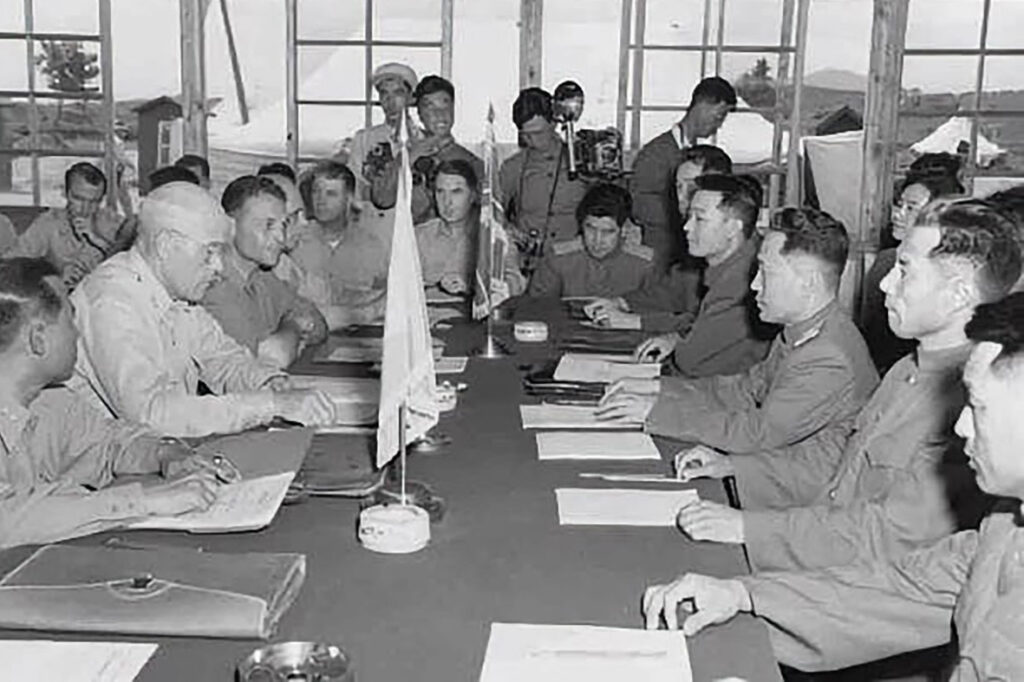Commencing on June 25, 1950, and concluding on July 27, 1953, the Korean War marked a significant chapter in history, leaving an indelible impact on the Korean Peninsula.
1. Korean Division and the Prelude to Conflict
Following the conclusion of World War II, Korea, once under Japanese occupation, found itself divided along the 38th parallel, creating a demarcation line between North and South Korea.
As the Korean People’s Army (KPA) took shape in North Korea in February 1948, with roots in Korean communist guerrillas associated with the Chinese People’s Liberation Army, the nation found itself in the sway of the Soviet Union.
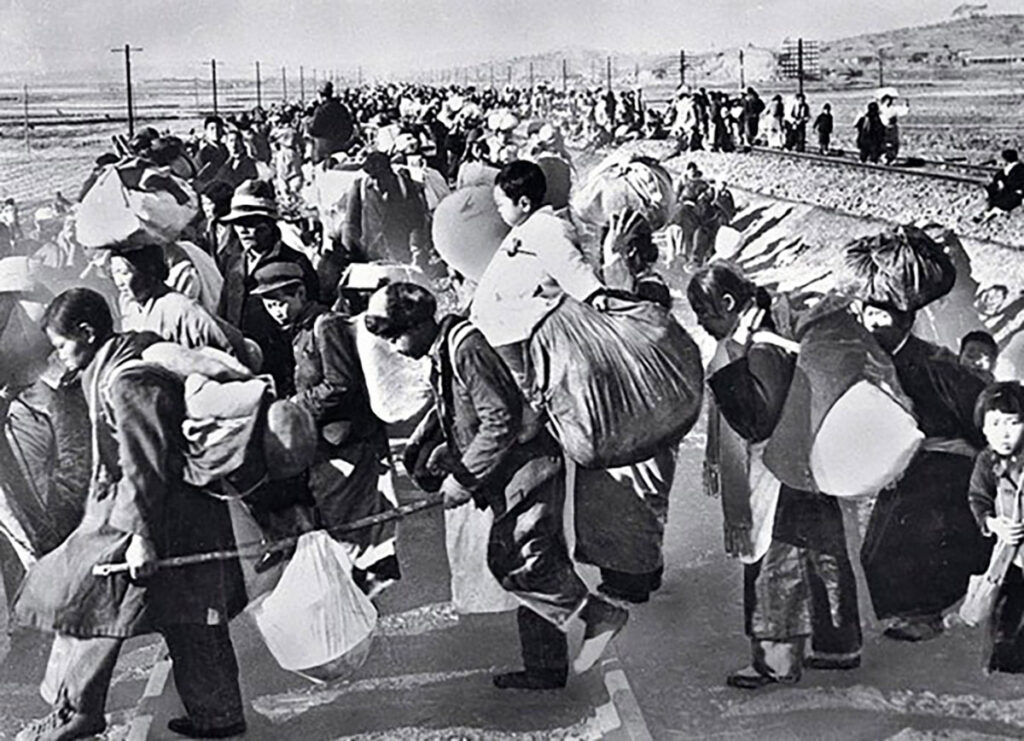
2. The Korean People’s Army Emerges in the North
By mid-1950, the KPA had grown to include ten infantry divisions and other units, boasting a formidable force of approximately 223,000 men.
The conflict escalated when, on June 25, 1950, the KPA initiated an invasion of South Korea, swiftly advancing southward and encircling South Korean and American troops near the port of Pusan.
In response, the United Nations acted promptly, urging member nations to provide support. Notable contributors included the United States, Great Britain, Australia, Canada, India, New Zealand, and South Africa.
This three-year conflict proved exceptionally brutal, resulting in the loss of three million lives and leaving tens of thousands injured. For a more intimate understanding of the Korean War, delve into the personal narratives of those who experienced it in “Voices of the Korean War.”
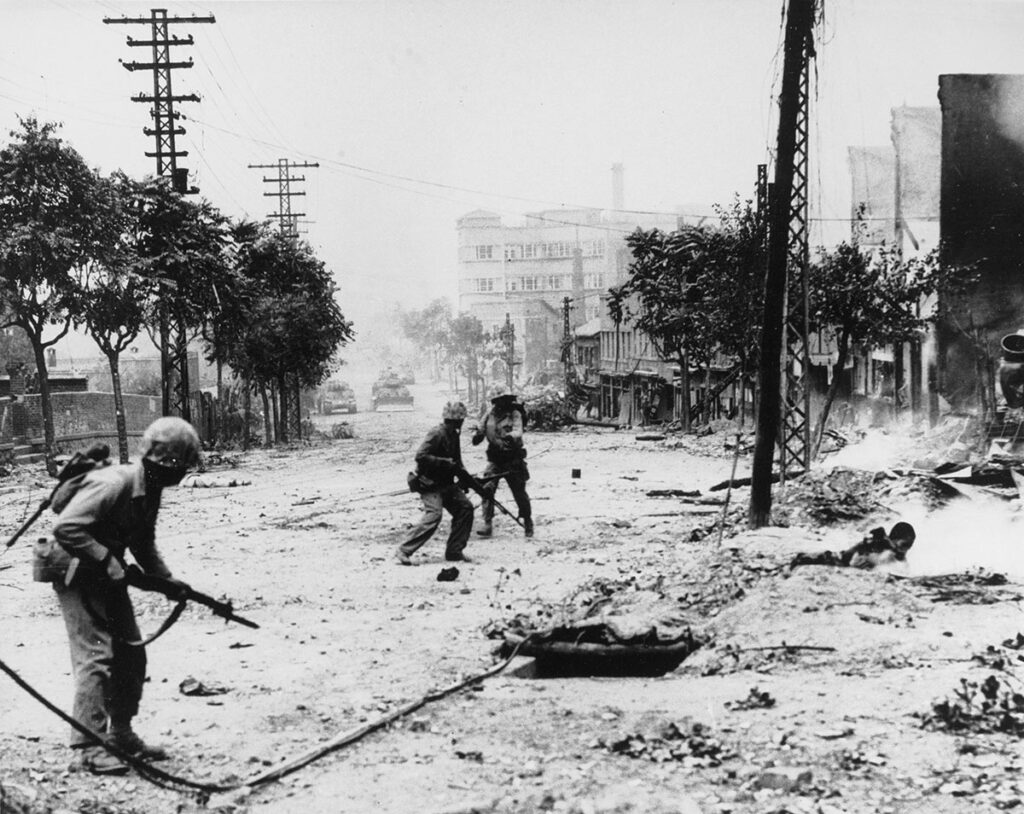
3. Landing at Inchon
The tide of battle shifted with the strategic decision by United Nations Commander General MacArthur to launch an amphibious landing at Inchon, a port halfway up the Korean Peninsula. This manoeuvre succeeded in pushing the KPA back northward, leading them to the Yalu River, the boundary between China and North Korea.
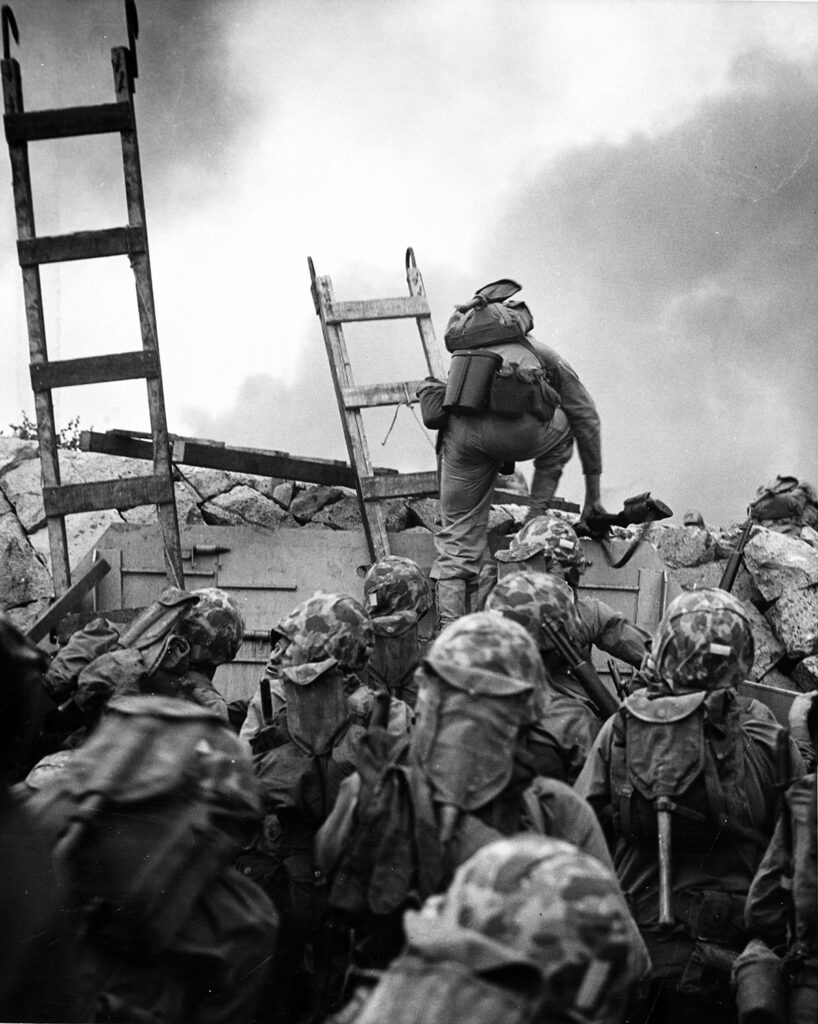
4. China Enters the Fray: A Pivotal Moment
However, the conflict took an unexpected turn with China’s entry into the war, forcing United Nations forces back into the south. Despite armistice negotiations commencing in July 1951, progress was slow, and both armies found themselves entrenched in a standoff for the next two years, with opposing forces separated by trenches merely a mile apart.
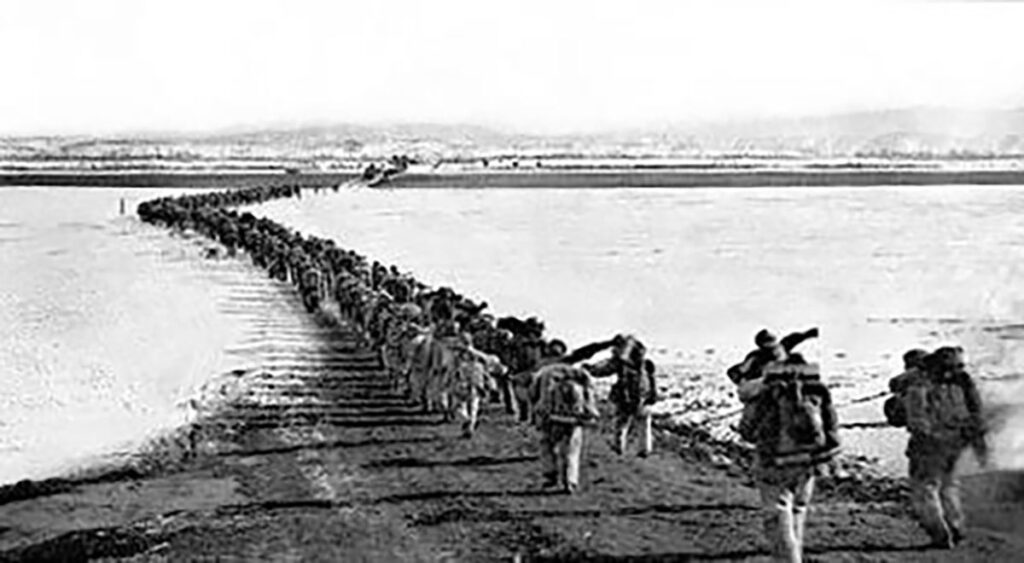
5. Armistice of 1953: A Divided Korea
Finally, on July 27, 1953, an armistice was signed at Panmunjom, bringing an end to the active hostilities of the Korean War. This agreement involved officials from the United States, the People’s Republic of China, North Korea, and South Korea, collectively acknowledging that Korea would remain a divided nation.
The Korean War, often referred to as the ‘Forgotten War,’ is a pivotal chapter in history that shaped the destiny of a nation and left an enduring legacy.
